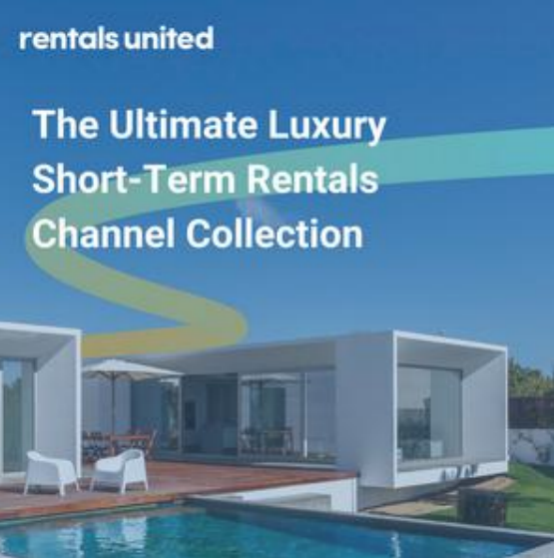For affluent individuals, excessive spending frequently arises from unclear financial limits rather than insufficient funds. The approach of managing multiple accounts goes beyond merely dividing money; it focuses on creating a structure that connects expenditures to your core values while safeguarding your assets. By defining particular purposes for each account, you transform spontaneous actions into deliberate choices. Here is the way to create this influential system.
Create “Value-Based Account Buckets”
Eliminate standard labels like “savings” and “checking.” Create accounts that reflect essential values: one for “Experiences” (such as travel and fine dining), another for “Legacy” (including investments and charitable giving), a third for “Essentials” (covering mortgage and utilities), and a “Freedom” account for unexpected luxury expenses. Clearly label each account (for example, “Family Adventure Fund”) to emphasize its intended use. This mental link complicates accessing “Legacy” funds for unplanned shopping trips.

Automate “Intentional Fund Distributions”
Connect your income to automatic transfers as soon as you receive your paycheck. Designate 40% for your “Legacy” account (for investments and philanthropy), 30% for “Essentials,” 20% for “Experiences,” and 10% for “Freedom.” Use different banks for each fund to lessen temptation—requiring extra effort to access “Legacy” funds discourages impulsive spending. Higher earners frequently avoid this strategy, allowing funds to accumulate in one account where it is simple to overspend on less important items.

Establish “Account-Specific Spending Guidelines”
Set clear limits for each account. For “Experiences,” restrict withdrawals to events that have been booked in advance (such as no last-minute hotel reservations without two weeks’ notice). For “Freedom,” limit monthly spending to 50% of the account balance to ensure it remains adequately funded. Utilize debit cards with daily caps for “Essentials” and virtual cards for “Experiences” to easily monitor transactions. These guidelines convert ambiguous intentions into specific boundaries that curb overspending.
Assess each account on a monthly basis rather than just evaluating your total net worth. Consider the following: Is the “Experiences” account meeting your annual vacation goals? Is the “Freedom” account being used wisely or carelessly? Make adjustments to allocations every three months—if your travel plans decrease, shift 5% from “Experiences” to “Legacy.” This regular examination maintains alignment between your system and lifestyle changes while preventing any one account from experiencing overuse.
Employ “Temporary Limitation” Features for Temptation Control
During high-risk times (such as holiday shopping periods), create temporary limitations on “Freedom” or “Experiences” accounts. Freeze withdrawals for a duration of 48 hours or require approval from a financial advisor or partner for any purchases above a certain threshold. Numerous financial institutions offer these adjustable controls for affluent clients. This “cooling-off” phase turns spontaneous desires into considered decisions, helping you avoid regrettable spending.

The multi-account approach is intended to structure the flow of your finances in accordance with your priorities. By utilizing value-oriented categories, automating funds, setting guidelines, segregating currencies, conducting regular evaluations, and implementing temporary limitations, you can prevent overspending while maintaining the lifestyle that brings you joy. It’s about enhancing your wealth—not restricting it—for the things that truly hold significance.

